Build-A-Rig Round 2: SilverStone and Crucial Interviews and $800 Back-To-School PCs
by Ian Cutress on October 13, 2015 8:00 AM EST- Posted in
- Build-A-Rig
- Crucial
- SilverStone
- Interview
SilverStone’s ‘Mighty Milo’
Tony was first up to the plate with his build. The choice of the overclockable Pentium combined with the GTX 960 makes it more of a gaming focused system, reinforced by the portable aspects of the case but perhaps limited by the smaller SSD. This build is more focused on portability though, with the expectation that the underlying motherboard and power supply can remain constant over the course of a degree with minor upgrades in time.
| SilverStone's Mighty Milo | |||
| Component | Selection | Price as Chosen |
90-Day Average |
| Processor (CPU) | Intel Pentium G3258 (2C/2T, 3.2 GHz) |
$69.99 | $69.99 |
| Motherboard | ASRock H97M-ITX/ac | $95.99 | $93.20 |
| Graphics Cards (GPU) | Zotac GeForce GTX 960 OC | $179.99 | $179.99 |
| Memory (DRAM) | Crucial Ballistix Sport XT (2x4GB) DDR3-1600 C9 |
$39.99 | $43.95 |
| Storage (SSD) | Crucial BX100 120GB | $69.99 | $67.75 |
| Storage (HDD) | 1TB Western Digital Blue 2.5-in 5400 RPM 8MB Cache |
$60.99 | $60.99 |
| Power Supply (PSU) | SilverStone ST45SF 450W Bronze SFF |
$69.99 | $71.33 |
| Chassis | SilverStone Milo ML08B-H (with handle) |
$84.99 | $84.99 |
| CPU Cooling | SilverStone Argon AR06 | $39.99 | $39.99 |
| Operating System | Microsoft Windows 10 Home 64-bit OEM |
$99.99 | $99.99 |
| Extras | None | ||
| Total | $811.90 | $812.17 | |
Processor (CPU) – Intel Pentium G3258 ($70)
The G3258 is the anomaly in Intel’s product line, released last year as an ‘overclockable anniversary edition’ celebrating 20+ years of the Pentium line. We reviewed it when it was released, and Intel’s goal here was in part to reinvigorate overclocking but also provide a high-frequency lower end part. Intel were cautious however, as due to the dual core with no HyperThreading (which is a Core i3), the G3258 even overclocked can get bogged down when high compute power is needed, even when it hits 4.2 GHz and above. That being said, at $70 it comes in around 50% cheaper than the nearest i3, and still has a high frequency to provide a good responsiveness in single threaded tasks.
Motherboard – ASRock H97M-ITX/ac ($96)
Small form factor motherboards have a tough time to retain all the features of the full sized variants and still be cost effective – sometimes engineering it all into a smaller space takes time and research. As a result we usually see mITX motherboards a little stunted, with fewer DRAM slots, PCIe slots and/or SATA ports as a result. Each generation still comes with a healthy array of $80-$150 boards in this size, and the ASRock H97M-ITX/ac is no different. This one comes with 802.11ac 2x2 WiFi, allowing for more mobility around a dorm room, power connectors in the right places to make it easier to build as well as a trio of options for video output and USB 3.0. The H97 chipset is a little oddball here, wherein it should allow CPU overclocking, and it will be interesting to see how far this four-phase motherboard can push the G3258.
Graphics Cards – Zotac GeForce GTX 960 OC 2GB ($180)
When using a Pentium class processor, gaming is very limited beyond support for various APIs, acceleration tools, or basement settings for eSports/indie titles. Tony added in a GTX 960 for good measure, going for Zotac’s pre-overclocked model for an extra kick. This is still a middle class GPU for 1080p gaming, but should raise the bar to near maximum settings on popular LAN titles such as CS:Go and allow a foray into some high profile games. The extra money that was ‘saved’ by staying at a Pentium means that this GPU gets another $30-40 on it.
Memory – Crucial Ballistix Sport 8GB (2x4GB) DDR3-1600 C9 ($40)
With an $800 budget, there’s little room to splash for high capacity or high speed memory, but given the type of system being built most users can agree that 8GB is a rough sweet spot. Back when we tested DRAM scaling on Haswell processors, we found that there can be some pitfalls when choosing memory but Tony has kept abreast by at choosing DDR3-1600 at a CAS Latency of 9, moving it out of the danger curve.
Storage – Crucial BX100 120GB ($70)
A system of $800 makes a nice entry point into having an SSD drive as the operating system drive, but is perhaps not enough budget to make it go all-out and will require some extra storage, especially for assignments and games. A 120GB drive will sort out Windows 10 and a couple of big software/game packages, and as NAND prices decrease over the next few years there might be space to upgrade to something larger. The BX100 series in the meantime was well received in our review.
Storage – Western Digital Blue 2.5-inch 1TB 5400 RPM 8MB Cache ($61)
For roughly the same price as the 120GB SSD, a 1TB drive is also put into this system as that bulk storage component. The WD Blue brand is specifically designed for desktop PCs, and should be eminently suitable for a back-to-school build with WD's reputation. That being said, this model has a slower rotation speed and cache than we expected, but comes in a 2.5-inch form factor.
Power Supply – SilverStone ST45SF 450W Bronze Power Supply ($70)
One of SilverStone’s well known product lines revolve around small form factor power supplies. I even have a couple as part of my mini-ITX builds, just because they often just fit in and work (personal opinion). For the Milo case being used, having an SFF power supply is a must, and this single rail design comes with three SATA power connectors, two 6-pin PCIe and a 6+2-pin PCIe connector for graphics. As mentioned in his interview, Tony stated that this product has been rigorously tested with larger graphics cards, and in a system this size it might be very difficult to get above the 400W mark with any combination of components anyway.
Chassis – SilverStone Milo ML08B-H with handle ($85)
One of the key components to this build is the chassis. The Milo is a new design from SilverStone, only recently being released. The focus here is on small form factor and mobility, so with that handle it comes across as well suited for a back-to-school system where the dorm has to be vacated every semester or if the user needs to move their system to events. With the $800 budget it was perhaps a bit too much to ask for something similar in say aluminum, but it will be interesting to see how easy it is to build a system inside and carry around with all the components.
CPU Cooling – SilverStone Argon AR06 ($40)
As Tony chose an overclockable processor and a suitable motherboard, it makes sense that there needs to be sufficient cooling for an overclock. SilverStone’s AR06 cooler, according to Tony, is good for 80-90W of cooling which is above the 53W TDP listed for the G3258 processor. This means there should be some headroom, as long as the chassis can ventilate it. The cooler is also specially designed for mini-ITX form factor chassis such as the ML08B.
Operating System – Microsoft Windows 10 Home 64-bit OEM ($100)
Windows 10 would presumably be the obvious choice here, given the soon-to-be relevance of DX12 as well as features such as Cortana and the return of a proper start menu.
Overall Build
| SilverStone's Mighty Milo | |||
| Component | Selection | Price as Chosen |
90-Day Average |
| Processor (CPU) | Intel Pentium G3258 (2C/2T, 3.2 GHz) |
$69.99 | $69.99 |
| Motherboard | ASRock H97M-ITX/ac | $95.99 | $93.20 |
| Graphics Cards (GPU) | Zotac GeForce GTX 960 OC | $179.99 | $179.99 |
| Memory (DRAM) | Crucial Ballistix Sport XT (2x4GB) DDR3-1600 C9 |
$39.99 | $43.95 |
| Storage (SSD) | Crucial BX100 120GB | $69.99 | $67.75 |
| Storage (HDD) | 1TB Western Digital Blue 2.5-in 5400 RPM 8MB Cache |
$60.99 | $60.99 |
| Power Supply (PSU) | SilverStone ST45SF 450W Bronze SFF |
$69.99 | $71.33 |
| Chassis | SilverStone Milo ML08B-H (with handle) |
$84.99 | $84.99 |
| CPU Cooling | SilverStone Argon AR06 | $39.99 | $39.99 |
| Operating System | Microsoft Windows 10 Home 64-bit OEM |
$99.99 | $99.99 |
| Extras | None | ||
| Total | $811.90 | $812.17 | |
Back-to-school systems have to come in a variety of shapes and forms. The system that a film studies student needs is different to what a computer science or an engineer might need, with varying degrees of DRAM and storage eating software on both sides, and the desire to have sufficient computing power to push through a render or a compile while still having a decent system to play some games. $800 is a reasonable sized budget for this, and the SilverStone build focuses on both portability and gaming, with a potential nod to high-single thread performance. With Skylake still being a little difficult to get hold of, a Haswell based system should still provide a good set of numbers for a few years, or easily be upgraded to an i5 or i7 when that next student loan check arrives. As many students through the years have proven, you can survive through school on cheap ramen and free anime.


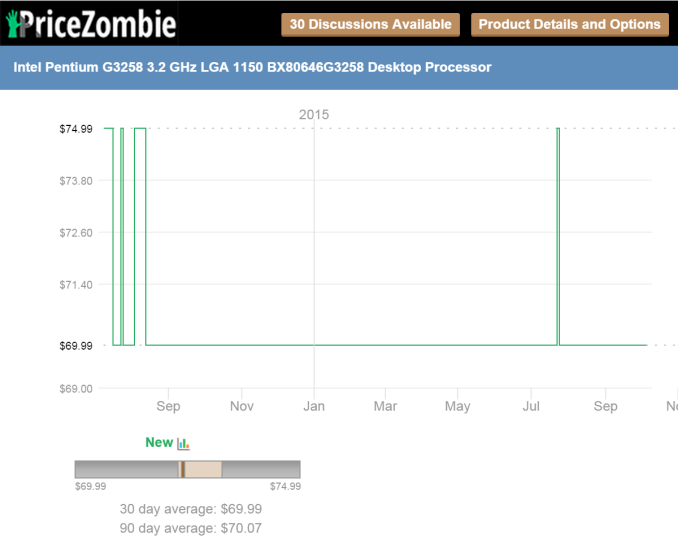
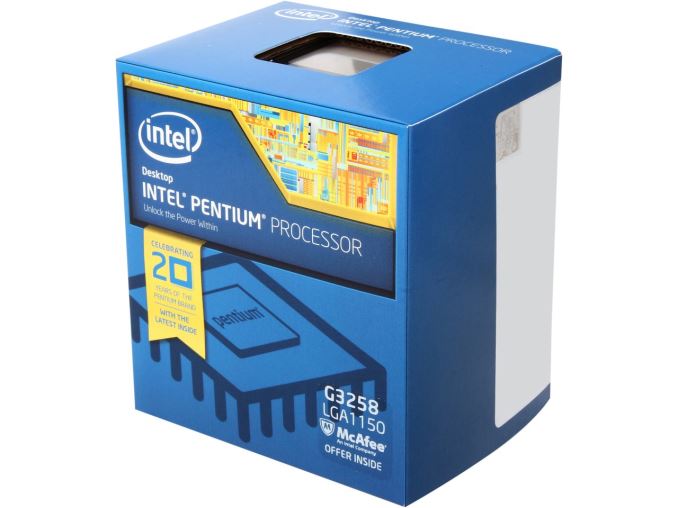
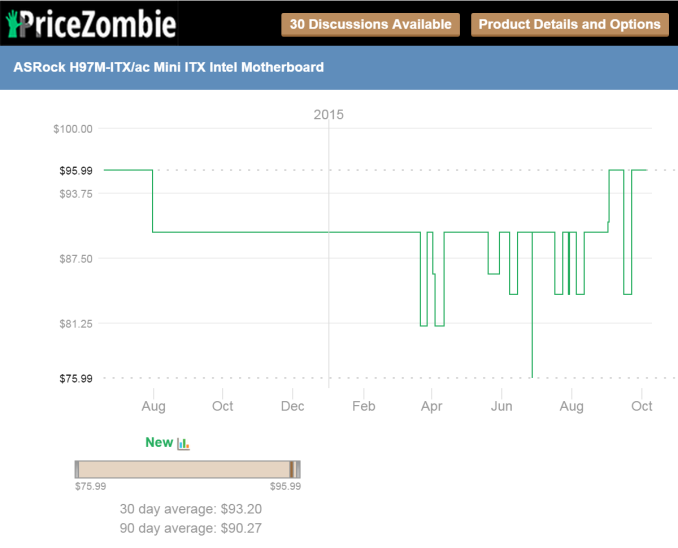
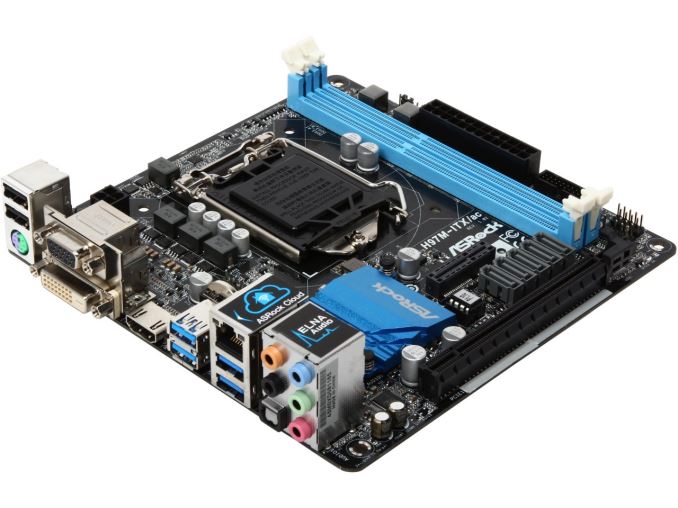

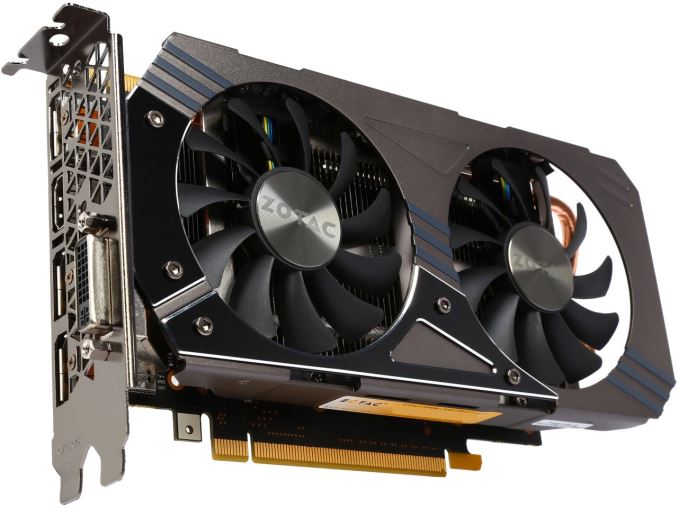
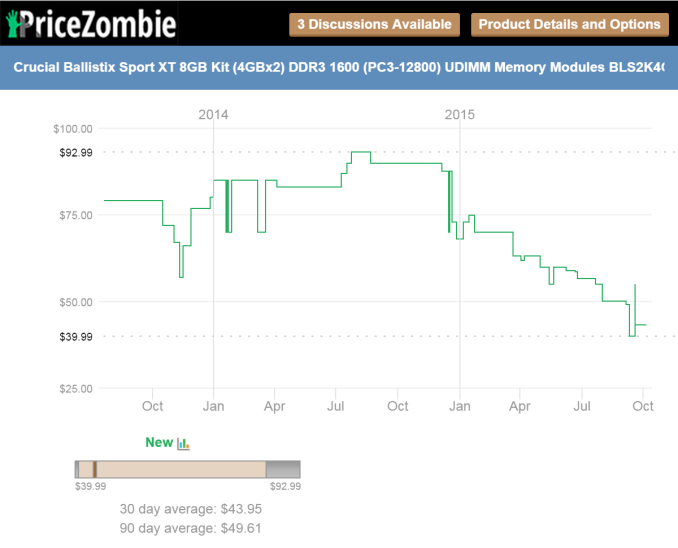
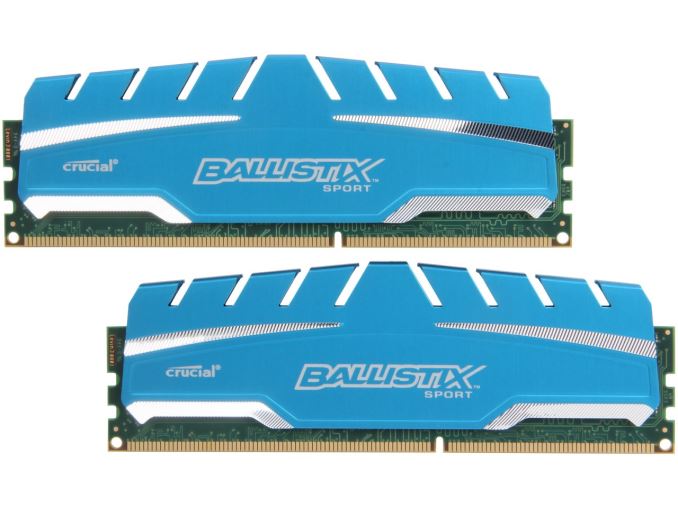
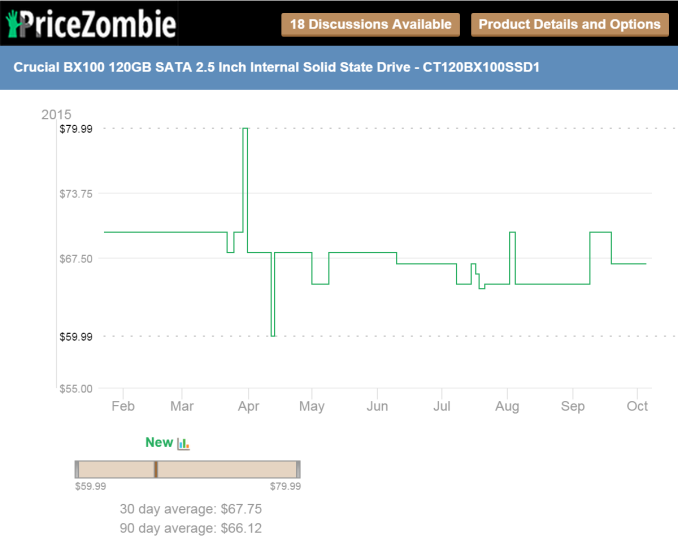
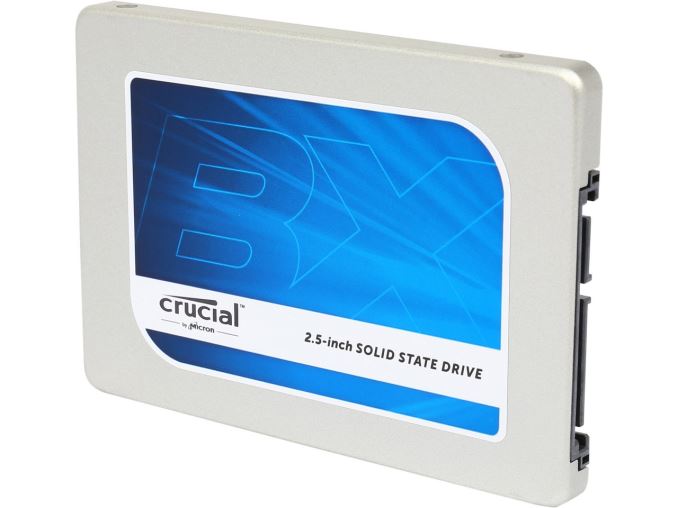

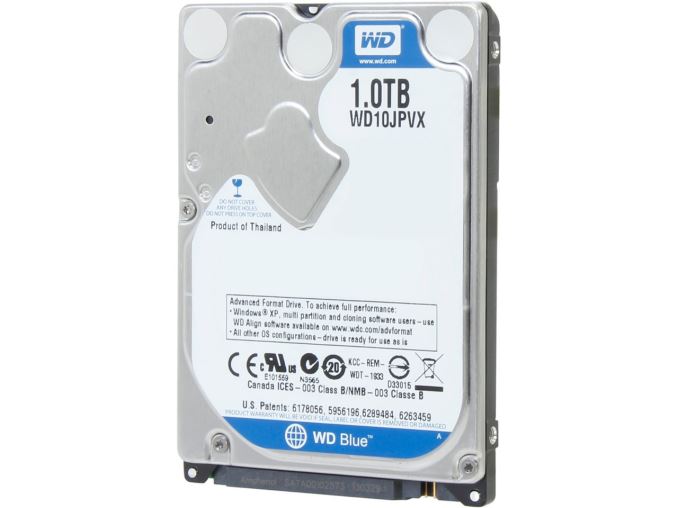
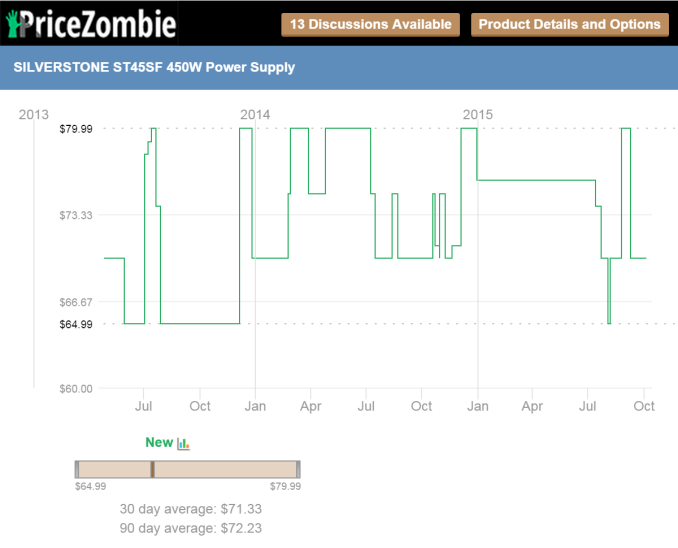
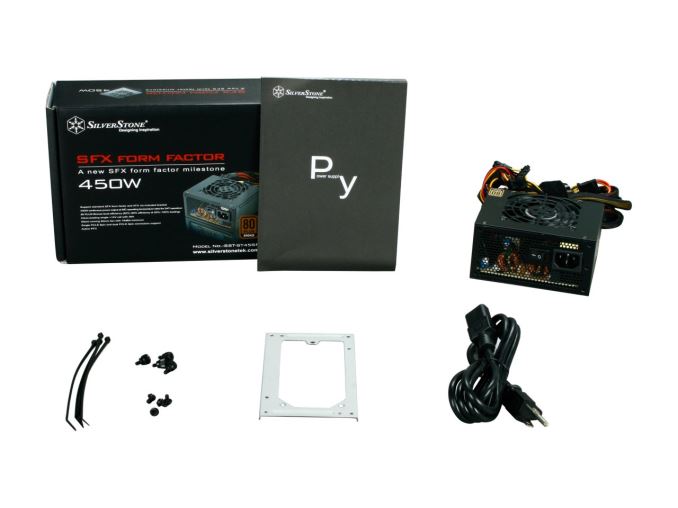
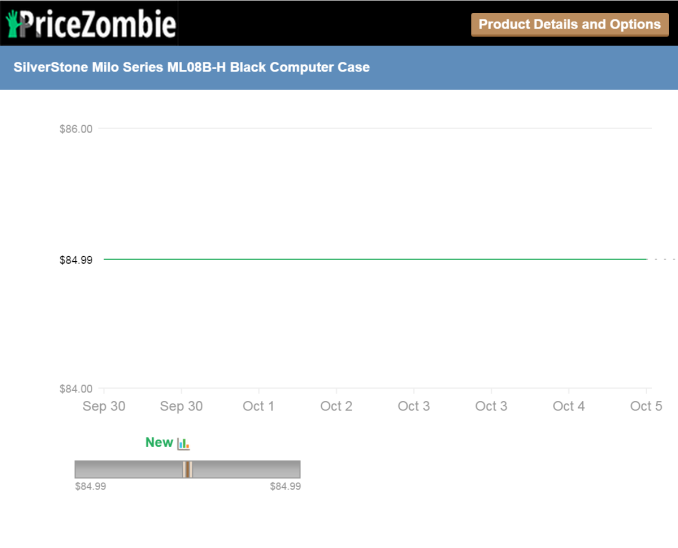
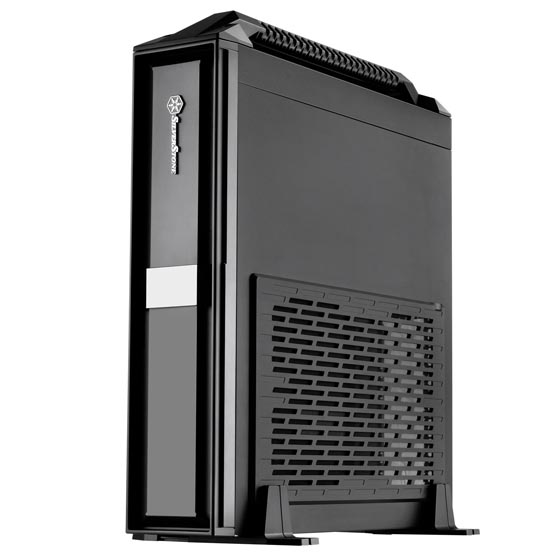
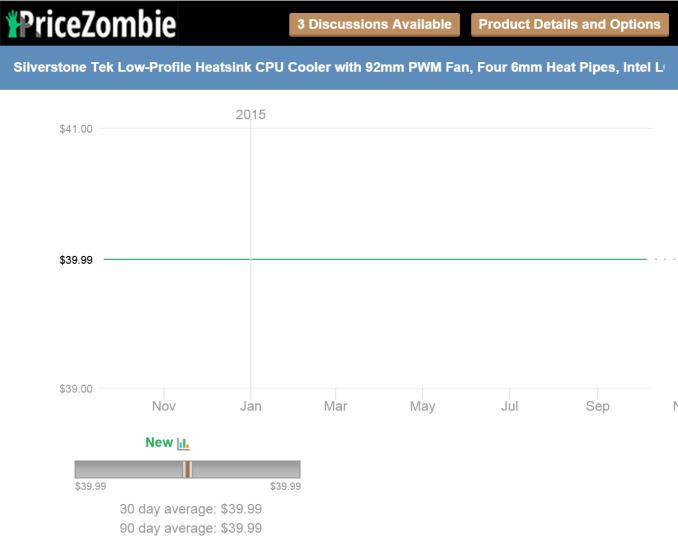
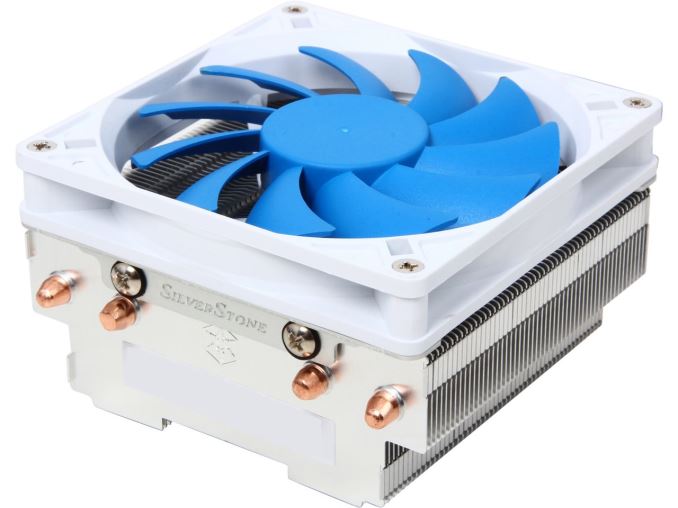
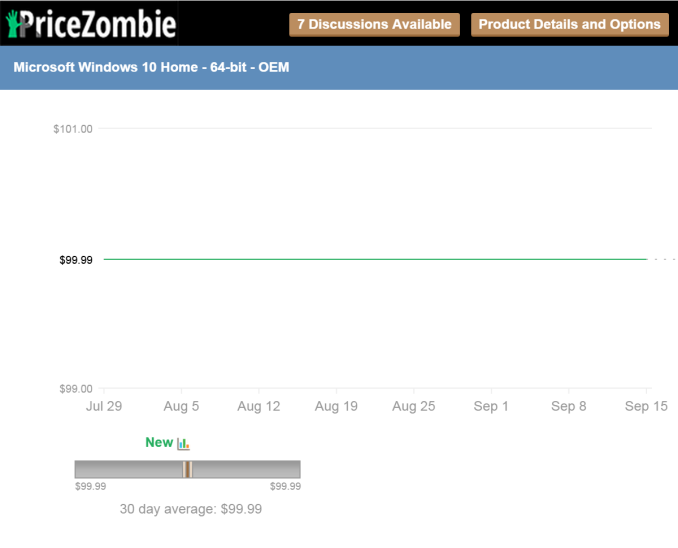
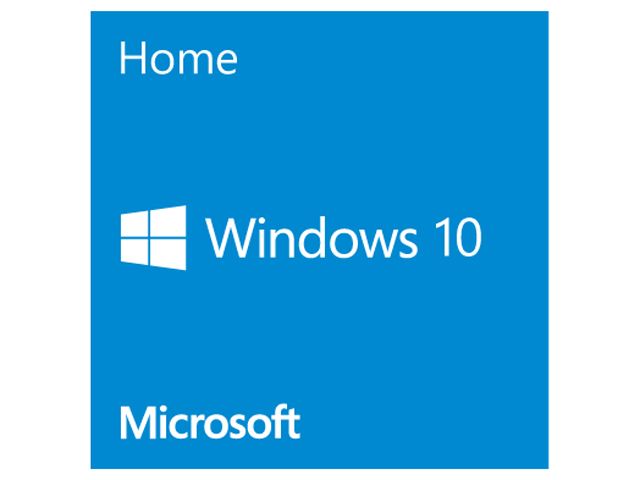








93 Comments
View All Comments
coconutboy - Thursday, October 15, 2015 - link
Awesome to see Tony Ou up at bat. Dude has been great in his community/forum interaction and Silverstone has produced some awesome and compelling rethinks of pc case design these past few years. Little doubt Tony's had something to do with that.Too bad then Tony, that you've lost this round. I'm not talking about the build-a-rig battle, I'm talking the pictures on page 1. Jeremy Mortenson's game face is AWESOME, and sets a new standard for all future competitors in build-a-rig duels. He even has nunchucks and appears to be ready to enter a no-holds-barred cage fight!
As far as the systems, man... very tough call. Tony and Silverstone have the better case and vid card, while Jermey and Crucial have the better ssd and cpu. It's close, but I think I'll give my vote to Mighty Milo. I love that case with it's small footprint and brilliant design, and it'll be the better gaming machine with that gtx 960oc. Then again, that rig is more likely to eat up a students time and have them flunking out of classes because they're hooked on DotA!. Maybe Jeremy's better cpu will help students finish school tasks quicker while not tempting them to spend so much time gaming. ;-)
coconutboy - Friday, October 16, 2015 - link
Noticed a few prices have changed since the post date, but figured I love these build-offs so much, I'd tinker with my own while watching the MLB playoffs. I'll say up front I really wanted to use the same case as Tony's Silverstone build (including the handle, it's totally worth the $10 increase) because that thing is just badass, just look at that tiny footprint! Buuuut... since I'd rather not be a complete copycat, I tried to offer some different options with explanations after the list.coconutboy's cool white chiller:
cpu: intel core i3-4170 $125
note: no aftermarket cpu cooler, stock intel
mobo: asrock h81m-itx/wifi $63
gpu: msi gtx 960oc $180
ram: corsair vengeance 8gb cas 9 low profile ddr3 1600 $41
storage: no hdd, only crucial's bx100 500GB ssd $150
psu: corsair cx430m 80 plus bronze modular psu $50
case: xigmatek aquila white steel micro-atx cube chassis $90
os: windows 10 home oem $100
total cost: $799
Breakdown of parts:
cpu: I love that Tony gave a shout out to the overclocking crowd with the g3258, but Jeremy nailed this one. If Windows 10 microcode concerns about nerfing the oc become long-term reality, then that Pentium cpu loses most of its appeal. Meanwhile the i3-4170 can handle 4 threads, is clocked 500MHz higher out of the box. No ocing required is very welcome in a tiny itx case packing a 120w vid card.
mobo: easily the most debatable part of this build. Like Jeremy's gigabyte board, this asrock only has 2 usb3.0 ports (and 4 usb 2.0 ports). Unlike Jeremy's mobo which can add more usb3.0 via headers, this asrock only offers up more usb2.0 headers, so 2x usb3.0 is all you get, period. My chosen mobo's intel h81 chipset also limits you to pci express 2.0 instead of 3.0, and only offers wireless b/g/n wif instead of the ac seen on Tony and Jeremy's picks.
"Wow that's a lot of freakin' compromises!", you say? Aye, but the questions are, will they actually have an impact, and would you even notice? The usb 3.0, that's something each individual has to address for themselves. PCI Express 2.0 vs 3.0 with single gpus has been covered in depth most recently by guru3d, but hardocp/anand/toms/etc have also done tons of great write-ups. The difference is either nonexistent or at most 2% when using the latest high-end cards like a gtx980 or better. With a gtx 960oc it won't matter.
The wireless ac vs b/g/n could be something that might be more noticeable to the end user however, so if that or any of these issues concern you, upgrade to either of the mobos recommended by Jeremy/Tony.
gpu: the white MSI will look great through the white Xigmatek case's window, but even better is that it gets excellent reviews. A very strong alternative tho is the Powercolor PCS+ Radeon r9 380 axr9. Not as pretty in the case, but for $10 less than the msi, the powercolor card is generally going to be even faster at the expense of greater power draw. ymmv
ram: excellent reviews and the low profile make it a tad easier to fiddle about inside a tiny itx case.
storage: it's not the fastest, but very reliable with excellent reviews. I think most folks would prefer a 500gb ssd over a hybrid setup with only a 1TB hdd.
psu: a 5.9" deep modular and inexpensive corsair to clean up that tiny case. 'nuff said.
case: like the mobo, one of my toughest choices. The Corsair 250d looms large here for essentially the same price. Then there's other great options like the Fractal Node 304 for $65, Jeremy and Tony's choices, or unusual but potentially awesome stuff like the Xigmatek Nebula C for $60. Want a portable case that can take a bit of a beating? Check out the Azza csaz-105 which is basically a modern version of the mods from the late 1990s where people would stuff their computer into a portable briefcase or some such. Really, options for cases are always endless and fickle for every user.
I picked the Xigmatek because, like the Nebula, it looks fantastic, but also because it's known to be quiet and has so many other niceties like top front and bottom dust filters. The mobo being laid horizontal increases the footprint of the case to a similar size as the 250d or Jeremy's Thermaltake cube, but in exchange it shows off the vid card through the side window. The huge 200m fan up front along with 120mm out back is solid for cooling, but you can increase this further if you like by mounting up to a 240mm radiator up top (but losing the 5.25" bay in exchange. Being able to install 4 internal hdds is also great. Overall, the case has a lot of flexibility with a good reviews both on newegg and websites.
/mic drop
SUpstone - Friday, October 16, 2015 - link
Good build list - that's a sweet PCDLimmer - Friday, October 16, 2015 - link
First, I hope that both boxes are tested with GeForce GTX 960s in them, since the second build was $20 less than the first, and that's the difference between video cards.Secondly, If I were to make one, I would trim the fat in order to get a quad core CPU. Here goes:
CPU - Intel Core i5-6400 $190
Mobo - Gigabyte GA-H110M-A (rev. 1.0) LGA 1151 Intel H110 $56
(1st corner cut)
GPU - MSI Radeon R9 380 R9 380 GAMING 4GB LE 4GB $200
RAM - Crucial 8GB (2 x 4GB) DDR4 2133 $48
SSD - ADATA Premier SP600 256GB SSD $70
(2nd corner cut)
HDD - none
PSU - Antec EarthWatts Platinum Series EA-550 $80
Case - Antec ISK 600M Black Aluminum $70
CPU cooler - none/stock
OS - Windows 10 $100
Total: $814
Performance should be near unbeatable at this price. The only way to improve is to skimp on the case and power supply in order to select a better SSD.
That said, with $400 to spend next year, I would purchase a wi-fi card, HDD, a better SSD, and possibly a slim optical drive. ($50 / $150 / $150 / $50).
Weaknesses: no Wifi, single/slower SSD, small storage (removed in 1 year)
Strengths: Quad core Skylake, R9 380, efficient/ample power supply
coconutboy - Friday, October 16, 2015 - link
Nice build. For people that stick to just one game or maybe carry the bulk of their data on portable hdd/usb, the 256 should be fine. Meanwhile the beefy cpu and gpu's 4gb vram give a lot of oomph that don't need upgrading so quickly.Even better, as http://techreport.com/news/28957/the-skylake-core-...">Scott Wasson astutely pointed out, your build gets even more affordable when the Skylake i3-6320 releases. That cpu would sacrifice 2MB of L3 cache, but has a base clock that's a whopping 600MHz higher than the Core i5-6400's turbo maximum.
SaintStryfe - Tuesday, October 20, 2015 - link
For a college student, no Wifi isn't a problem, most students have an Ethernet jack right in the room. That's fine by my book.Tchamber - Friday, October 16, 2015 - link
Wow, both are compelling systems. It's amazing how much performance we have available for such a reasonable price!lindda8764 - Saturday, October 17, 2015 - link
hiiiiiKokapelli - Sunday, October 18, 2015 - link
while this might not be in the spirit of picking each and every individual part, there are numerous deals to be had on newegg in terms of buying an "off the shelf" pc with an i5 for around $500. Take the remaining $300 and get the 960, or maybe even a 970 on sale. End result beats both of these. There's also several prebuilt gaming computers with various i5's + 960s as well as FX8k series + 960s for less than 800, and all of these options come with windows.DLimmer - Monday, October 19, 2015 - link
I just looked, and it's $450 for a 4GB memory option and $500 for 8GB DDR3. So, you add $200ish for the best affordable video card (R9 380 4GB is $205) and $70-95 for a SSD and you come out ahead (a 500GB-1TB hard drive)... or do you?You're missing out on Skylake and your power supply may not be able to handle the video card upgrade.
($799 for i5, 8GB, R9 380 2GB, 2TB HDD, 120GB SSD)
http://www.newegg.com/Product/Product.aspx?Item=N8...
in fact, the same maker sells the box I made (with 2GB video card, half the SSD, but adds a 2TB HDD) for $950.
Bottom line: making your own is the the fastest option.
http://www.newegg.com/Product/Product.aspx?Item=N8...